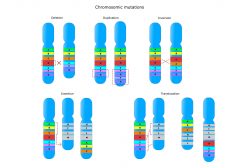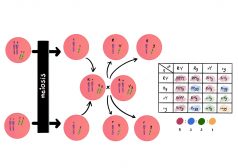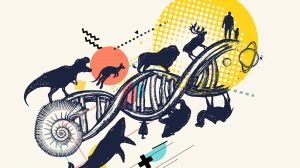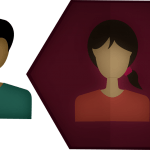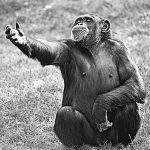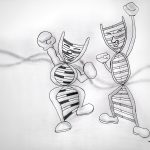Definition
noun
In humans, the autosome that is considered as the second-largest, spanning more than 242 million base pairs, likely to contain about 1100 to 1300 genes, and a submetacentric chromosome
Supplement
In humans, the chromosomes occur in pairs and a typical somatic cell would contain 23 pairs of chromosomes in the nucleus. Each of these pairs has a characteristic length and banding pattern. There are two types of chromosomes: autosomes and allosomes. There are also two sets: the first set comes from the mother and the second set, from the father. Using idiograms, each chromosome may be identified one from the other based on the relative size and the banding pattern.
Chromosome 2 is a submetacentric autosome. It is regarded as second largest human chromosome (the first being chromosome 1). It spans more than 242 million base pairs and therefore represents about 8% of the total DNA.1 It is likely to contain about 1100 to 1300 genes.
Hominids have 24 pairs of chromosomes and the only hominid member to have 23 chromosomal pairs is humans. The chromosome 2 is believed to be a result of an end-to-end fusion of two ancestral chromosomes. This is backed up by the presence of two centromeres, which typically a chromosome has only one. The other centromere in chromosome 2 appears to be vestigial. Remnants of the second centromere are found in the q21.3-q22.1 region. Another evidence is the presence of vestigial telomeres that appear in the q13 band, which is far from the end of chromosome 2.
There are several genes in chromosome 2 and one of them is the HOXD homeobox gene cluster. Some of the diseases linked to defective genes in chromosome 2 are autism, Congenital hypothyroidism, Harlequin type ichthyosis, Synesthesia, and Waardenburg syndrome.
See also:
Reference(s):
1 Hillier, L.W., et al. (2005). “Generation and annotation of the DNAD sequences of human chromosomes 2 and 4”. Nature. 434 (7034): 724–31.
